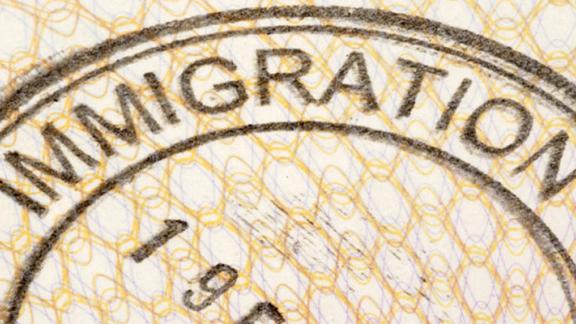Physician assistants in anaesthesia

More information on the physician assistants in anaesthesia practitioner role, including what training and qualifications they have and how they work within the NHS.
Regulation of physician assistants in anaesthesia
The General Medical Council (GMC) legally commenced regulation of PAAs on 13 December 2024, with registration for individuals opening on the 16 December. There will be a two-year transition period before it becomes an offence to practice as a PA or PAA without GMC registration.
Regulation is a vital step towards strengthening both patient safety and public trust of these professions and will help provide assurance that PAs and PAAs have the right level of education and training, meet the standards expected of regulated professions and can be held to account if concerns are raised.
Information on the actions employers can take to support registration can be found on our web page.
The Leng Review
The Leng Review, published in July 2025, is an independent review of the (then named) PA and PAA roles in the UK healthcare system. Led by Professor Gillian Leng, the review addresses concerns about patient safety, role clarity, and the expansion of these roles within the NHS. The review's recommendations aim to clarify the roles of PAs and AAs, ensure their safe and effective deployment, and improve public understanding of their functions.
The review in full can be read here.
NHS England has provided a series of FAQs for employers detailing what action should be taken in response to the Leng Review.
Further information
There are a range of resources for further information on PAAs including
- an infographic
- Royal College of Anaesthetist
- Access a webinar about physician assistants in anaesthesia.



